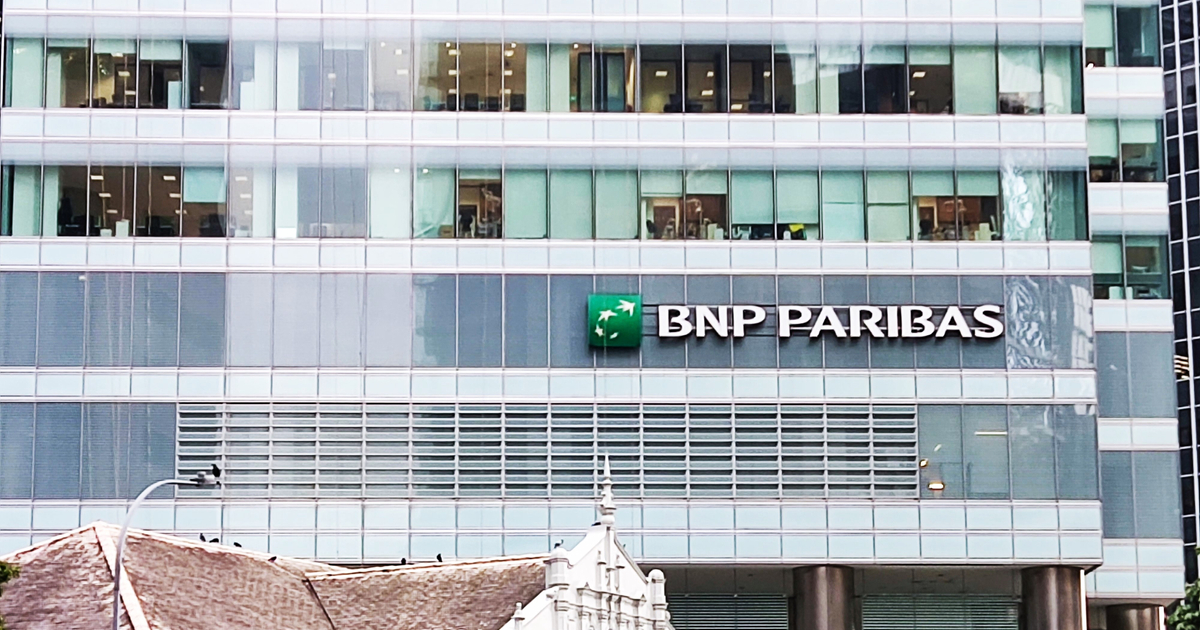Samsung Galaxy Watch 7 review: tried and true
It’s not an ambitious smartwatch, but honestly, it doesn’t have to be. Continue reading…
/cdn.vox-cdn.com/uploads/chorus_asset/file/25553307/247183_Samsung_Galaxy_Watch_7_AKrales_0080.jpg)
Of all the wearables Samsung launched in 2024, the $299.99 Galaxy Watch 7 is the least exciting. It’s not a totally new category like the Galaxy Ring or a new form factor like the Galaxy Watch Ultra. Even in my briefings, Samsung kind of waved its hands and said, “Oh, the Galaxy Watch 7 is here, too — and, uh, it’s really great!”
In other words, if you have a Galaxy Watch 4, 5, or 6, you know what you’re getting. In a year when Samsung shook up its wearable lineup, the Galaxy Watch 7 is its stalwart constant. And after spending the last three weeks with the Galaxy Ring and Ultra, I’ve come to appreciate that.
It’s not that I disliked the Ring or the Ultra. On the contrary, it’s more that, after a while, the classics like the base Galaxy Watch can get boring and you need to spend time away to remember what made them great again. It’s like trying a bunch of new viral cafes on TikTok, with their Instagram-worthy latte flavors, and then craving the iced latte from your local bodega. Both are good, but only one offers comfort.
Speaking of comfort, wearability is a big plus with the base Galaxy Watch. The Ultra was bulky on my wrist and I had a hard time getting a good fit for the new FDA-cleared sleep apnea detection feature, which depends on a snug fit. That’s not the case with the Galaxy Watch 7. I have the 40mm Watch 7, and I had no problems getting the sleep apnea feature to work as it should. This is just my personal taste, but I also preferred how the simpler circular display looked on my wrist compared to the Ultra. The slimmer profile was another huge benefit. And although it’s summer, I know this watch won’t get caught on jacket sleeves or other clothing.
The 40mm Galaxy Watch 7 is more comfortable on my wrist.
But just as my experience with the Ultra reminded me of how I took the Watch 7’s chic slim and lightweight design for granted, it also highlighted its greatest weakness: battery life.
Even after Samsung’s battery calibration period, I still only got around 24 hours on a single charge. This, too, hasn’t changed much from the Galaxy Watches 4, 5, and 6. The main difference with the 7 is that I can reliably get through an entire day, whereas before it was occasionally a struggle to do even that. (Folks with the 44mm Watch 7 will have increased time since it has a bigger battery.) Fast charging takes some of the sting out, but I’ll add the caveat that I’m a heavy GPS user and keep the always-on display enabled most of the time. You’ll get better mileage if you stick to the gym or turn the AOD off.
None of this is surprising because the Watch 7 hasn’t changed much in terms of hardware. The only difference is that it has the new 3nm Exynos W1000 chip and an upgraded 3-in-1 BioActive Sensor — that and it runs Wear OS 5 and One UI 6 Watch out of the box, but those will eventually come to older Galaxy Watches, too. (You can already download betas.) Performance overall is snappy, though I haven’t noticed any meaningful increased accuracy from the new BioActive Sensor.
This metric is utterly baffling.
Most of what’s new boils down to health features: AI-powered wellness insights, an Energy Score for gauging recovery, sleep apnea detection, and a baffling AGEs metric that supposedly uses the interaction of sugar with fats and protein to measure metabolic health. I wrote about these features in more detail in my Ring and Ultra reviews, but the gist is that they’re hit or miss. Double pinch is another “new” feature, in which you can use the gesture to dismiss alerts, take calls, or control your camera. Samsung’s had it for a while, but it’s just more in the spotlight this year. I quite liked it, but again, the gesture isn’t limited to the Galaxy Watch 7.
Technically, Samsung was right: the Galaxy Watch 7 is here, too, and it’s great. It’s here for folks upgrading from an older Galaxy Watch who’d rather futureproof with a 7 instead of getting a discounted 6. It’s for people who think the Ultra is too much watch for their needs (or their wrist). It’s not exciting, but you know what you’re going to get: a good smartwatch. There’s value in that as well.
Agree to continue: Samsung Galaxy Watch 7
Every smart device now requires you to agree to a series of terms and conditions before you can use it — contracts that no one actually reads. It’s impossible for us to read and analyze every single one of these agreements. But we started counting exactly how many times you have to hit “agree” to use devices when we review them since these are agreements most people don’t read and definitely can’t negotiate.
To use the Galaxy Watch 7, you must pair it with an Android phone. That includes whatever terms of service or privacy policies that phone requires. As for Samsung and Wear OS 5, you’ll have five mandatory agreements.
There are also several optional permissions for features that may use voice, location, or camera. If you download a third-party app, like Strava or Calm, you’ll have to agree to their terms and share your health data with them. You may also have to agree to the Samsung Pay terms of service and privacy policies if you opt to use that service. You may also have to grant additional permissions if you choose to download the Samsung Health Monitor for EKG readings.
Final tally: six mandatory agreements and numerous optional permissions and agreements.

 Fransebas
Fransebas 































